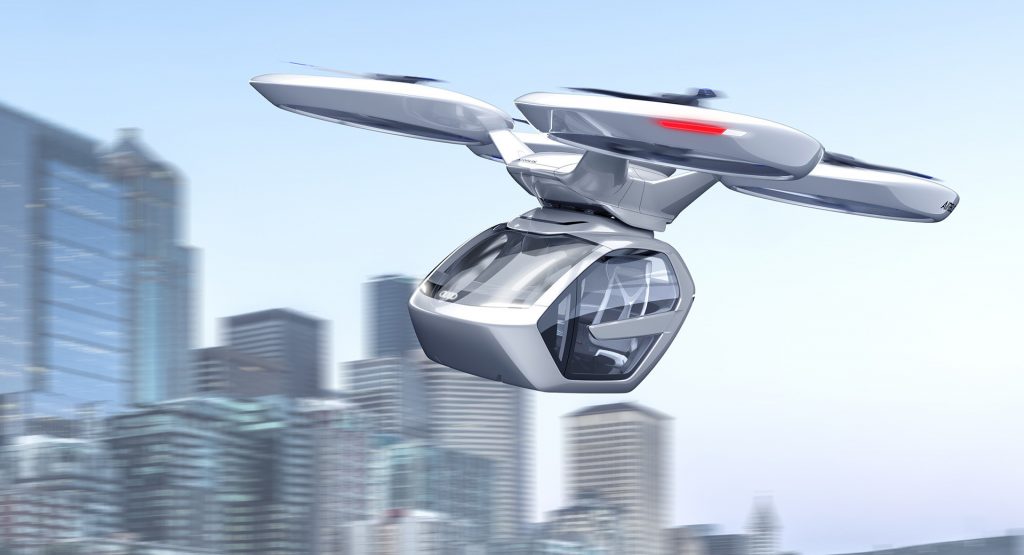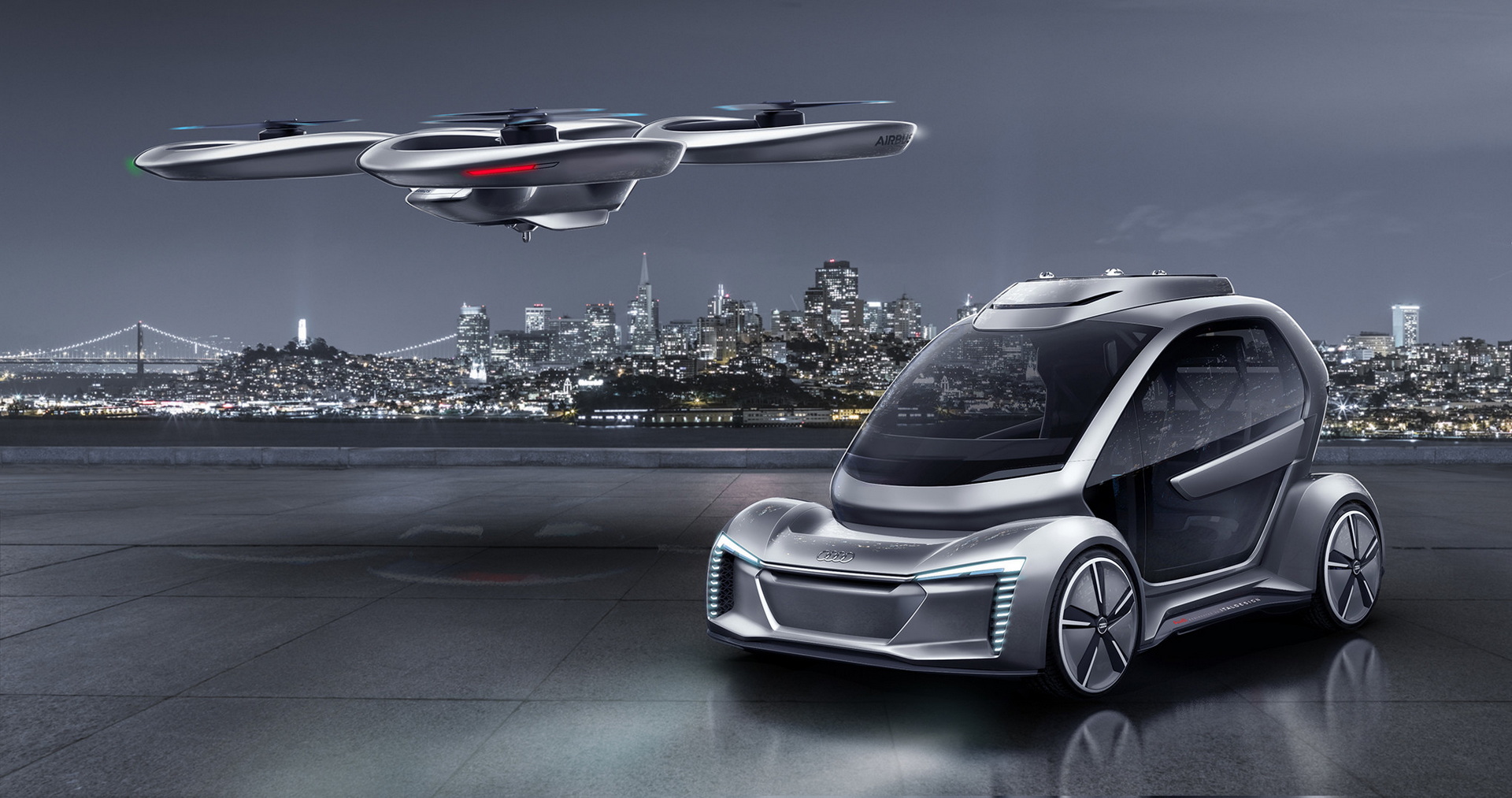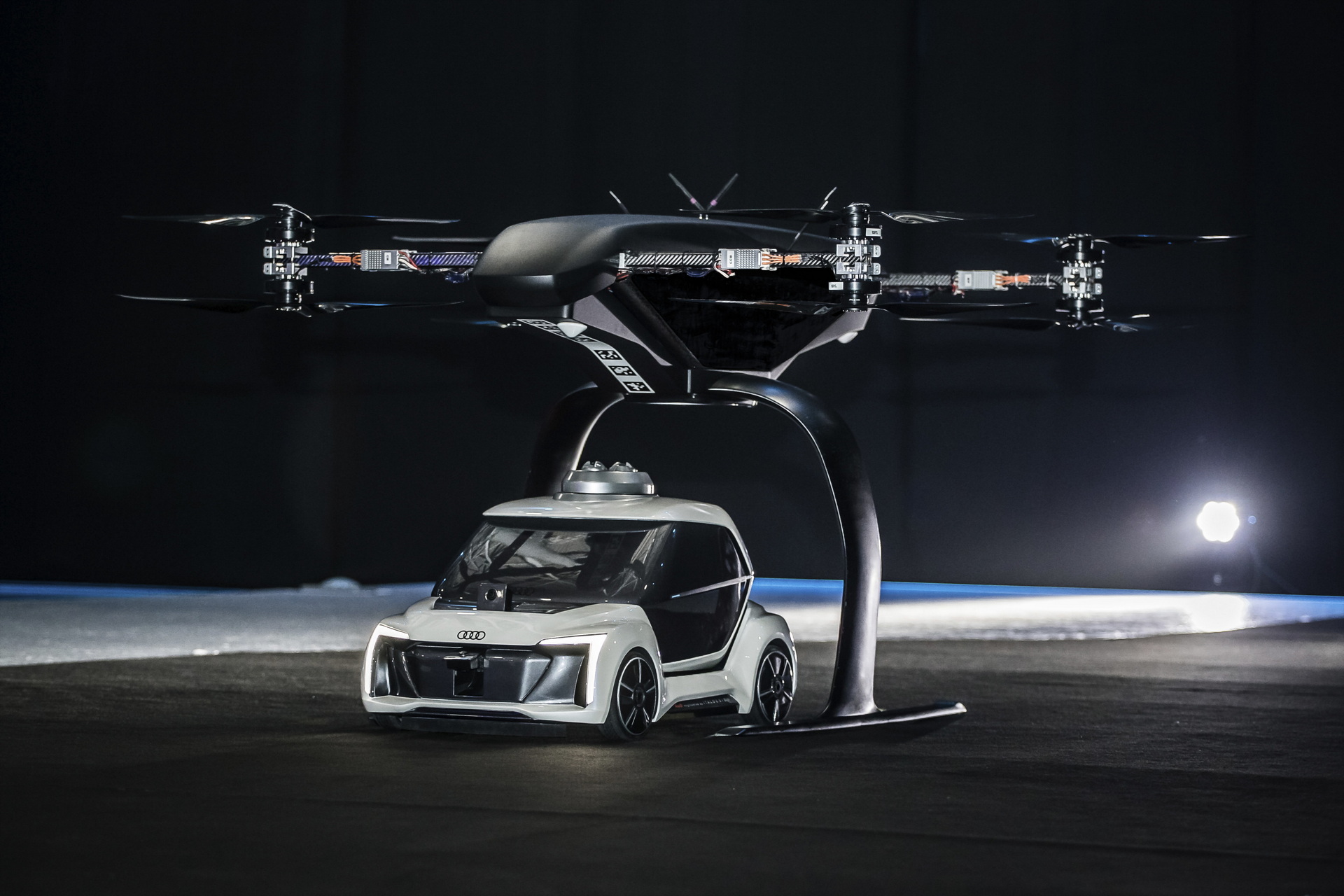Porsche Consulting, the brand’s strategy investigator, has released its report on the state of the flying taxi business, calling it an attractive industry but one that will require a lot of money to work.
“Vertical mobility can develop into a lucrative niche area,” says Gregor Grandl, Senior Partner at Porsche Consulting and author of the study. “But if air taxis are to become a reality for everyone, courageous pioneers with persistence, deep pockets, and a sense of responsibility will be needed. Safety and social acceptance will also play huge roles.”
Read Also: Hyundai Could Have Flying Cars At Major US Airports By 2025
According to the study, the market for vertical mobility can reach $32 billion USD by 2035, but in order for that to happen, the industry will require an investment of at least $20 billion. In fact, the study suggests that $10 billion of that will be required before the first commercial flights can even take off.
Although automakers like Audi, Hyundai, and Cadillac have all expressed an interest in the market, that’s a big investment into a field in which government regulations are still a mystery. The fight over autonomous cars would suggest that it won’t be so simple.
The study adds that for the industry to flourish, air taxis would need 1,000 to 2,500 take-off and landing spots in as many as 60 cities worldwide. Convincing the citizens of those cities and the passengers that flying taxis are safe will require a lot of work. If the industry does establish itself, though, the benefits of rising up and above terrestrial traffic aren’t hard to conceive of.
“Mobility will become increasingly customer-centered, individualized, fast, and integrated,” says Grandl. “Air taxis will only be successful if they meet all these criteria and are incorporated into existing transportation networks. But even so, we estimate their market share in 2035 to be less than 0.3 percent. Mobility of the future will therefore need even more ideas and strategies.”






